A list of all the presidents of the United States is presented in this article, highlighting their terms in office and some key accomplishments and events during their presidencies.
The presidency of the United States has been the highest office in the land for over two centuries and an honor to hold it. It has seen the nation through times of war and peace, economic booms and recessions, and moments of great progress and challenges.
1. George Washington (1789-1797)
George Washington, known as the “Father of His Country,” was the first President of the United States. He is celebrated for his leadership during the American Revolutionary War and for presiding over the Constitutional Convention of 1787.
2. John Adams (1797-1801)
John Adams, the second president, was a key advocate for independence and served as a diplomat in Europe during the Revolutionary War.
3. Thomas Jefferson (1801-1809)
Thomas Jefferson, author of the Declaration of Independence, was responsible for the Louisiana Purchase, doubling the size of the United States.
4. James Madison (1809-1817)
James Madison, often called the “Father of the Constitution,” played a significant role in shaping the U.S. Constitution.
5. James Monroe (1817-1825)
James Monroe was known for the Monroe Doctrine, which warned European powers against future colonization in the Americas.
6. John Quincy Adams (1825-1829)
John Quincy Adams, the son of John Adams, was a dedicated diplomat and Secretary of State before his presidency.
7. Andrew Jackson (1829-1837)
Andrew Jackson, a military hero in the War of 1812, was known for his populism and expansion of voting rights.
8. Martin Van Buren (1837-1841)
Martin Van Buren served during a challenging economic period known as the Panic of 1837.
9. William Henry Harrison (1841)
William Henry Harrison’s presidency was the shortest in U.S. history, as he died only 32 days after taking office.
10. John Tyler (1841-1845)
John Tyler, often called “His Accidency,” was the first vice president to assume the presidency due to the death of a sitting president.
11. James K. Polk (1845-1849)
James K. Polk’s presidency saw significant territorial expansion, including the annexation of Texas and the Oregon Trail.
12. Zachary Taylor (1849-1850)
Zachary Taylor, a career military officer, died of illness during his presidency.
13. Millard Fillmore (1850-1853)
Millard Fillmore assumed the presidency following Taylor’s death and signed the Compromise of 1850, a temporary resolution to sectional tensions.
14. Franklin Pierce (1853-1857)
Franklin Pierce faced growing sectional tensions over slavery during his presidency.
15. James Buchanan (1857-1861)
James Buchanan’s presidency was marked by the buildup to the American Civil War.
16. Abraham Lincoln (1861-1865)
Abraham Lincoln, one of the greatest presidents, guided the nation through the Civil War and issued the Emancipation Proclamation.

17. Andrew Johnson (1865-1869)
Andrew Johnson became president after Lincoln’s assassination and faced the challenges of Reconstruction.
18. Ulysses S. Grant (1869-1877)
Ulysses S. Grant, a Civil War hero, worked to secure civil rights for African Americans during his presidency.
19. Rutherford B. Hayes (1877-1881)
Rutherford B. Hayes assumed office after a controversial election and oversaw the end of Reconstruction.
20. James A. Garfield (1881)
James A. Garfield was assassinated only a few months into his presidency.
21. Chester A. Arthur (1881-1885)
Chester A. Arthur assumed the presidency after Garfield’s assassination and passed the Pendleton Civil Service Reform Act.
22. Grover Cleveland (1885-1889)
Grover Cleveland’s non-consecutive terms made him both the 22nd and 24th President.
23. Benjamin Harrison (1889-1893)
Benjamin Harrison was known for the Sherman Antitrust Act and the establishment of national forests.
24. Grover Cleveland (1893-1897)
Cleveland’s second term saw the Panic of 1893 and significant labor strikes.
A List of All the Presidents of the United States In 20th Century
25. William McKinley (1897-1901)
William McKinley’s presidency saw economic prosperity and the Spanish-American War.
26. Theodore Roosevelt (1901-1909)
Theodore Roosevelt, known for his progressive reforms, was a champion of conservation and a Nobel Peace Prize laureate for his role in negotiating peace during the Russo-Japanese War.
27. William Howard Taft (1909-1913)
William Howard Taft faced a growing divide within the Republican Party and served as Chief Justice of the Supreme Court after his presidency.
28. Woodrow Wilson (1913-1921)
Woodrow Wilson’s presidency included World War I and the establishment of the League of Nations, an early attempt at international cooperation.
29. Warren G. Harding (1921-1923)
Warren G. Harding’s administration was marked by a return to “normalcy” after World War I.
30. Calvin Coolidge (1923-1929)
Calvin Coolidge’s presidency was a period of economic growth and prosperity.
31. Herbert Hoover (1929-1933)
Herbert Hoover’s presidency began with the onset of the Great Depression.
32. Franklin D. Roosevelt (1933-1945)
Franklin D. Roosevelt, the longest-serving president, guided the nation through the Great Depression and World War II and implemented the New Deal.
33. Harry S. Truman (1945-1953)
Harry S. Truman became president upon FDR’s death and made the difficult decision to drop atomic bombs on Japan to end World War II.
34. Dwight D. Eisenhower (1953-1961)
Dwight D. Eisenhower was a World War II hero and served during the early years of the Cold War.
35. John F. Kennedy (1961-1963)
John F. Kennedy’s presidency was marked by the Cuban Missile Crisis and his call for a “New Frontier.”

36. Lyndon B. Johnson (1963-1969)
Lyndon B. Johnson continued Kennedy’s civil rights initiatives and significantly expanded social programs in the “Great Society.”
37. Richard Nixon (1969-1974)
Richard Nixon faced the Watergate scandal and became the first president to resign from office.
38. Gerald Ford (1974-1977)
Gerald Ford assumed the presidency after Nixon’s resignation and faced economic challenges and the end of the Vietnam War.
39. Jimmy Carter (1977-1981)
Jimmy Carter’s presidency was marked by the Iranian Revolution and the hostage crisis.
40. Ronald Reagan (1981-1989)
Ronald Reagan, a conservative icon, implemented supply-side economics and contributed to the end of the Cold War.
Read: Assassination Attempt
41. George H. W. Bush (1989-1993)
George H. W. Bush oversaw the end of the Cold War and the Gulf War.
42. Bill Clinton (1993-2001)
Bill Clinton’s presidency was marked by economic growth and controversy, including the Monica Lewinsky scandal.
43. George W. Bush (2001-2009)
George W. Bush’s presidency saw the 9/11 attacks and the subsequent War on Terror.
44. Barack Obama (2009-2017)
Barack Obama was the first African-American president and implemented the Affordable Care Act.
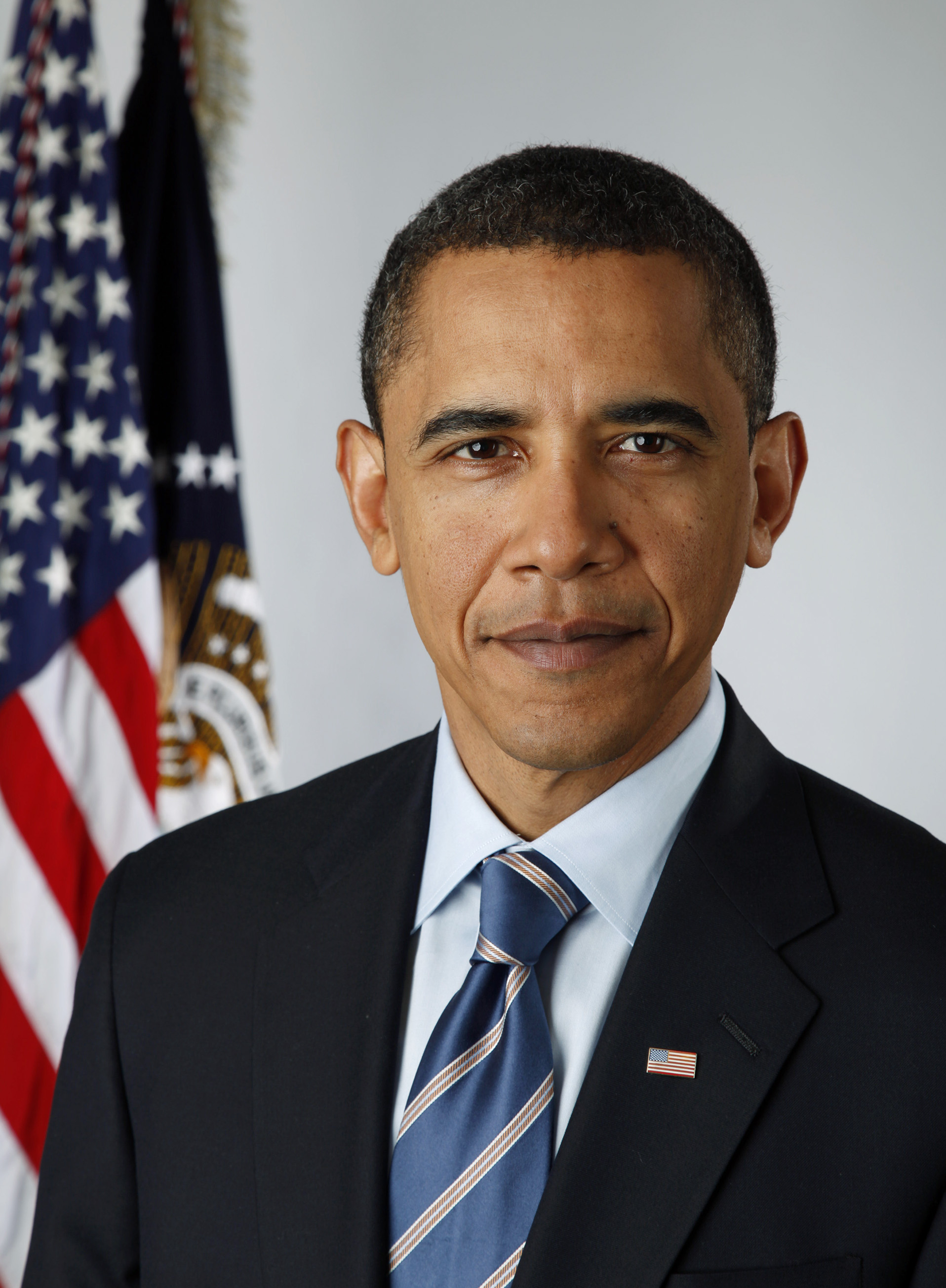
45. Donald Trump (2017-2021)
Donald Trump’s presidency was marked by his unconventional style, significant policy changes, and a second impeachment.
46. Joe Biden (2021-present)
Joe Biden, the current president, has focused on addressing the COVID-19 pandemic and advancing climate and healthcare initiatives. He is also at the center of the Russo-Ukraine conflict and Israel-Palestine conflicts.
This list of all the presidents of the United States captures the incredible diversity of leadership in the United States, from the Founding Fathers to modern presidents who have shaped the nation’s course. The challenges and opportunities faced by each president have left an indelible mark on the country’s history and continue to shape its future. The legacy of each of these individuals is a testament to the enduring power of leadership and the resilience of the American democratic system.

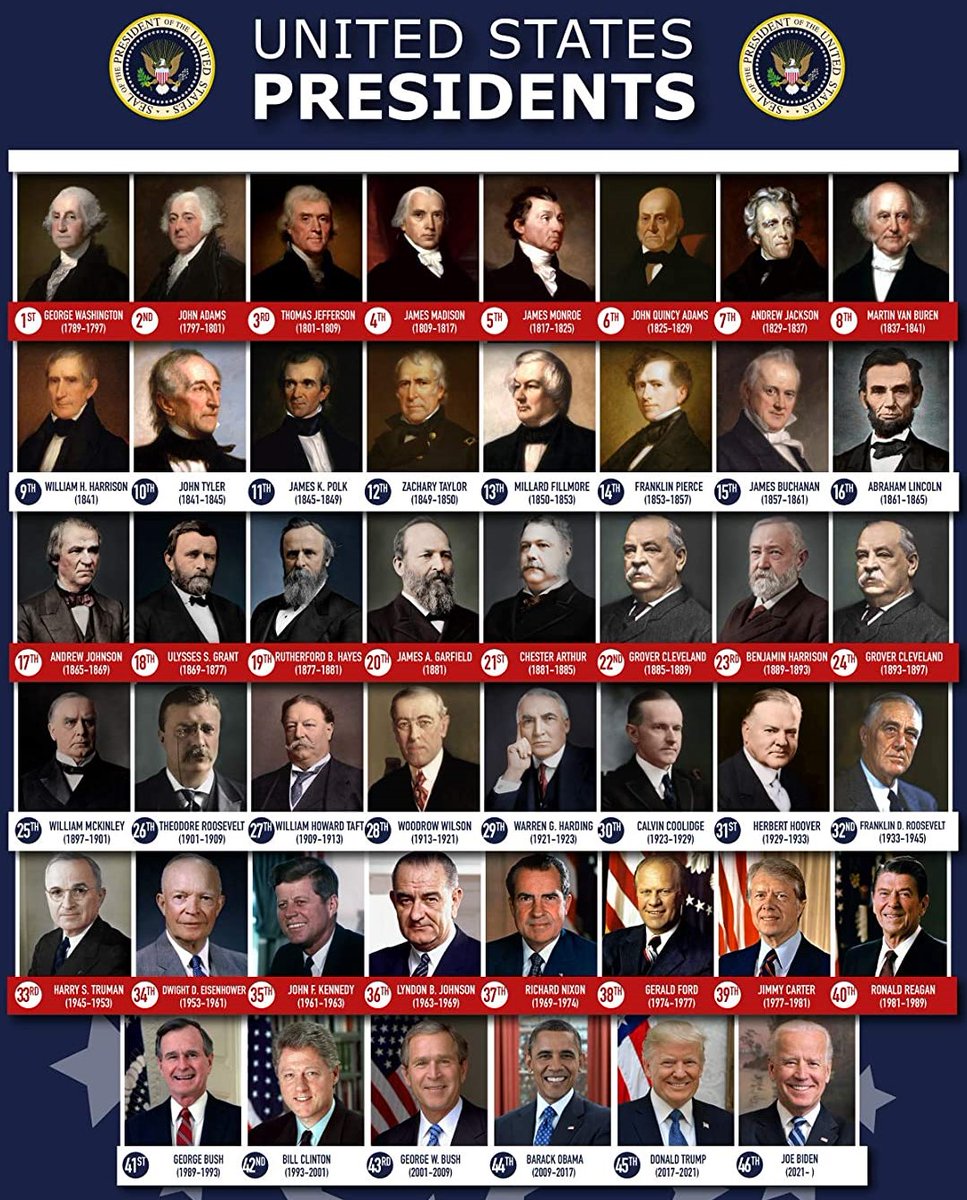
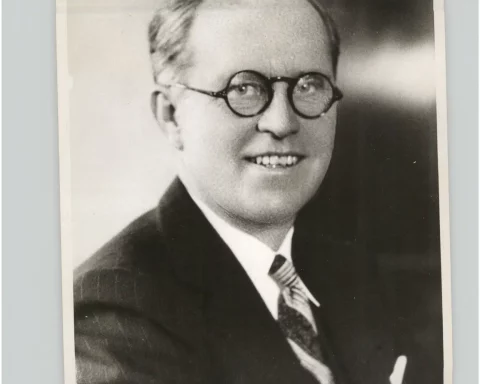
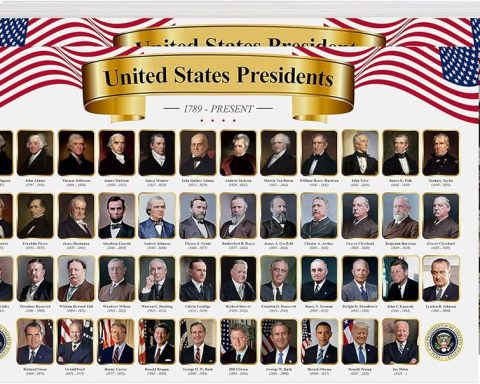

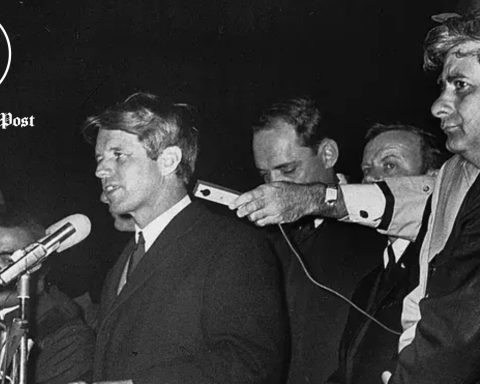
Usually I do not read article on blogs however I would like to say that this writeup very compelled me to take a look at and do so Your writing taste has been amazed me Thanks quite nice post
[…] Read: A Legacy of Leadership: A List of All the Presidents of the United States […]